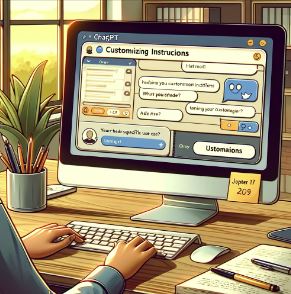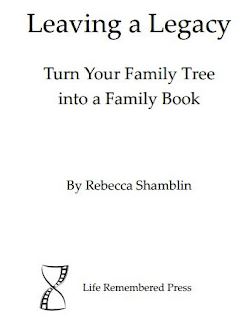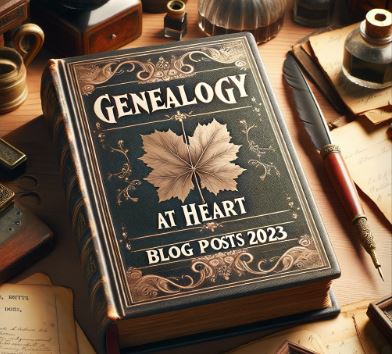
If you have a Chatgpt account ($20.00/month) you have the ability to customize how you want AI to respond to you. It’s simple to set up:
Setting Up Customized Instructions:
- On the left side bottom of the screen, click on your name.
- Click on “Customize Instructions”
- Make sure the button is enabled on the new screen!
- Type in the box your instructions to AI. Mine were that I wanted it to be creative. I’m interested in responses that would be given to a professional genealogist. When I type “Geni” I want the response addressed to “Lori”. I also requested a limerick every so often as they make me laugh.
Why Customize? If you want answers tailored to your role, then customized instructions are a must. If you have more than one person sharing an account, you definitely want to add customized instructions. My husband does not use Chatgpt often but when he does he does not want a response that would be given to a genealogist. So, we added into the customized instructions when his name for AI is typed, AI is to respond with my husband’s name and the information he would want from an expert by adding what the his interest and preferred responses would be. He didn’t want a limerick. He wants a response that is engaging to a reader.
I then created a new chat, addressing Chatgpt by the name my husband has given it and asked it to generate reasons why people shop on eBay. He received a response directed to his name with 10 sound reasons. I then replied and used the name I have given AI and asked why would a genealogist use eBay. I got 10 more sound reasons directed to me (using my name).
In case you’re wondering, here’s reasons it came up with why a genealogist would use eBay:
- Variety and Rarity: eBay offers a wide range of products, including rare and hard-to-find items. Collectors or those seeking unique items often turn to eBay.
- Competitive Pricing: Many users shop on eBay to find better deals or lower prices than in traditional stores or other online platforms.
- Auction Format: The excitement of bidding in auctions can be a draw. It gives shoppers the chance to snag items at potentially lower prices.
- Second-hand and Vintage Items: eBay is a go-to place for second-hand goods, vintage clothing, and antique items, appealing to those who prefer pre-owned or retro products.
- Seller Diversity: From individual sellers to small businesses, eBay hosts a range of vendors, offering shoppers unique buying experiences and a broad diversity of goods.
- Global Marketplace: eBay connects buyers with sellers worldwide, providing access to products not available in one’s own country.
- Convenience: The convenience of shopping from home and having items delivered to the doorstep is a significant advantage.
- User Reviews and Feedback System: eBay’s review system helps buyers make informed decisions based on seller ratings and feedback.
- Protection Policies: eBay’s buyer protection policies can make consumers feel more secure in their online purchases.
- Niche Markets: eBay caters to niche markets and specific interests, making it easier for buyers to find exactly what they’re looking for.
To sum up, ChatGPT will allow you to customize how you want your responses and for what audience (a child, a teen, a college student, adult, etc.), and by your role (author, editor, marketer, teacher, etc.). It will respond with the request immediately after you enter it following the directions above. You can switch your roles within a chat. Enjoy!



